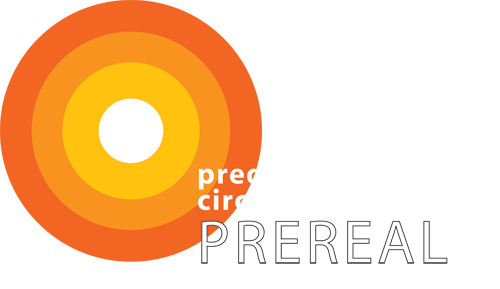Nordic Fires
The 2014 Sala fire was a magnitude larger than any known fire in Sweden on record, with the total area burned being 150 km2 (Länsstyrelsen Västmanlands län 2014). For the first time in modern times a Swedish city (Norberg) was under threat of destruction by a wildfire.
The Sala fire has highlighted the need for better understanding of natural and human-related factors causing the occurrence of large forest fires. Some of the most important questions in this context touch upon long-term frequency and environmental controls of such events. Should we expect large forest fires to become more common in the future and increasingly more important for Swedish forests, forestry, and society as a whole? What is the interplay of climate, topography, and forest composition in shaping these events?
In this project we will
1. Reconstruct the history of fires in the Sala fire area and, together with other available reconstructions, put the Sala 2014 fire in a multi-century context;
2. Evaluate the past and future frequency of weather conditions associated with increased fire hazard, using metrics of fire weather (components of the Canadian fire weather index, FWI) during the Sala and other modern (last 30-50 years), large fires in Sweden as a benchmark, and, together with analysis of historical large fires (since 1300 AD), evaluate the role of climate in controlling the past and future occurrence of weather conditions conducive to large fires in Sweden and neighbouring Nordic countires;
3. Evaluate coupling between landscape features and behavior of large fires, including the Sala fire, modern and dendrochronologically reconstructed fires; and
4. Provide estimates of future large fire risks across Nordic countires from a combination of climate, topographical and forest inventory data.
DELA welcomes Guilherme Pinto who will work with these questions within the frame of his 4-year PhD project.




